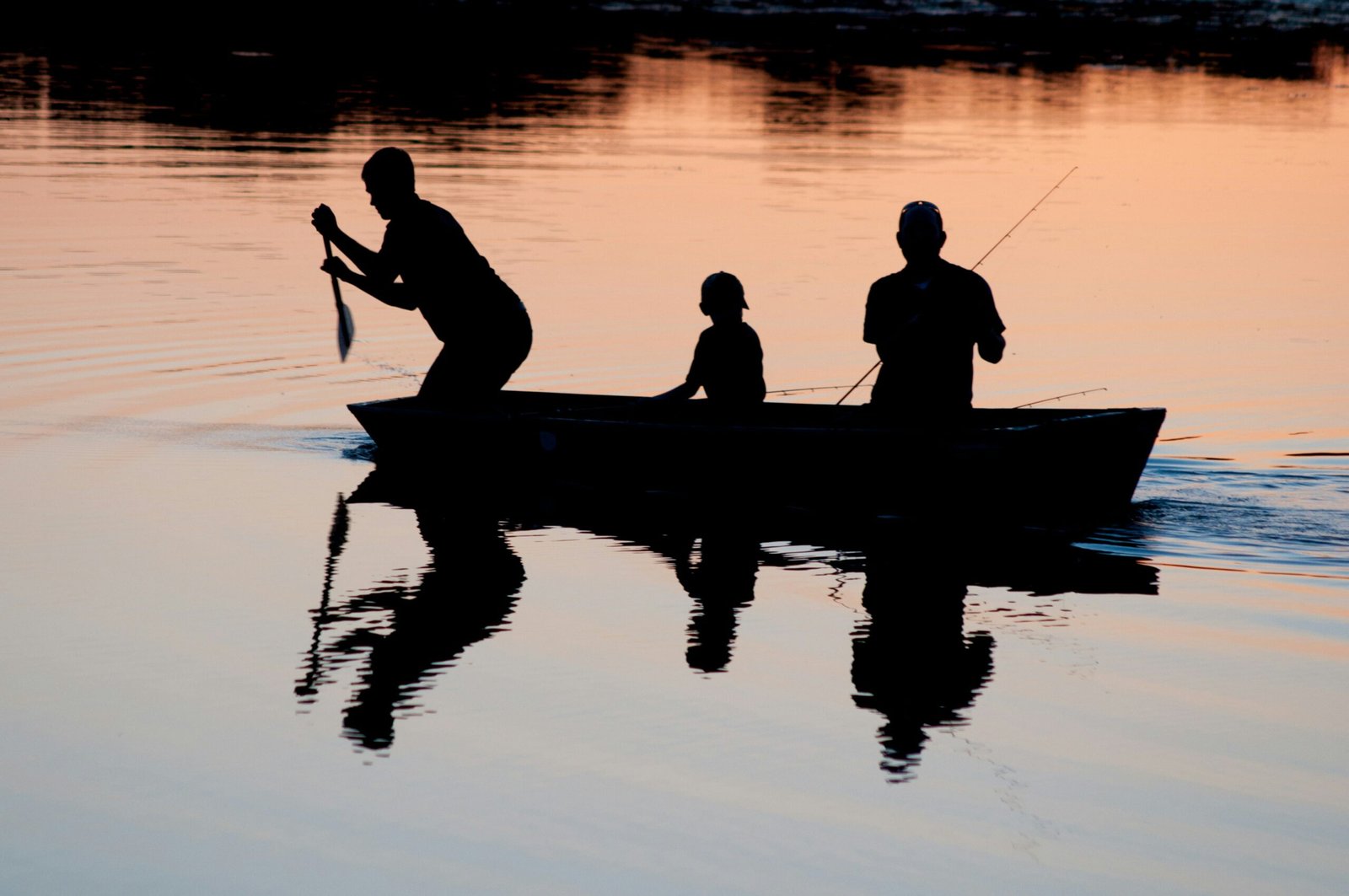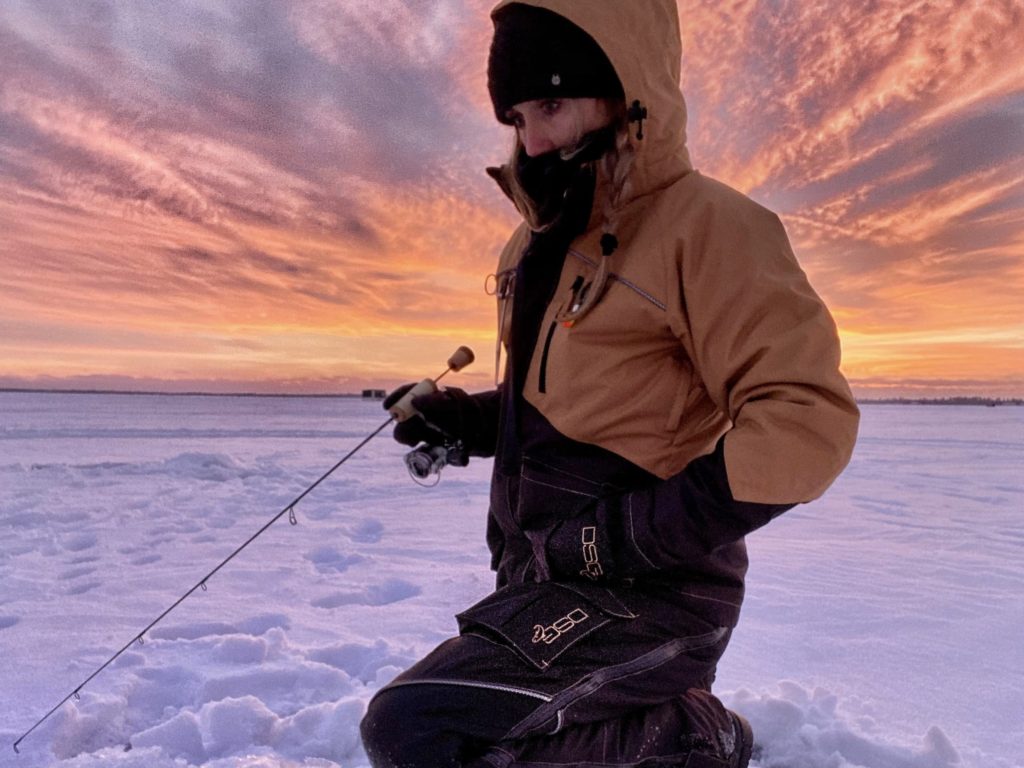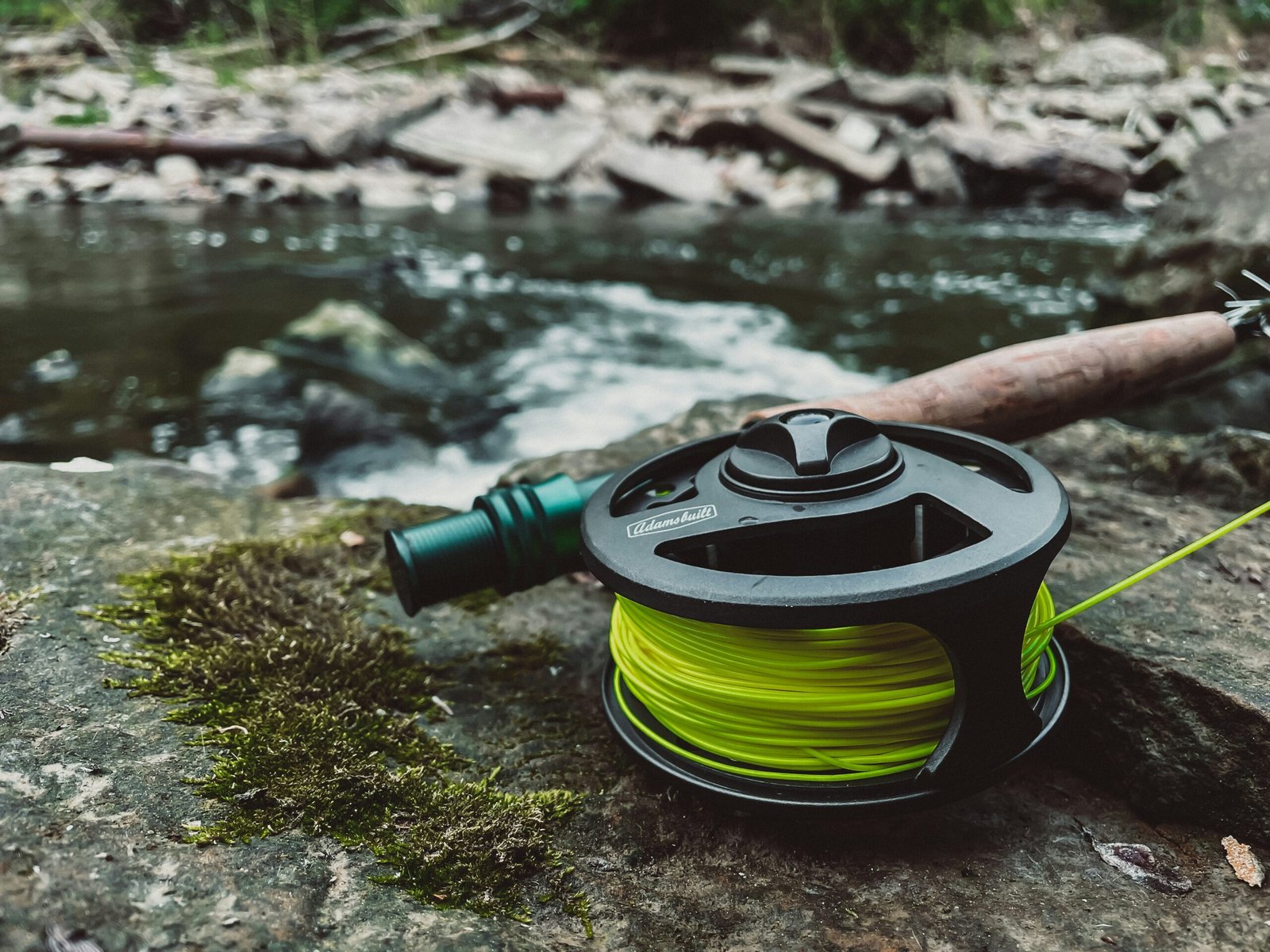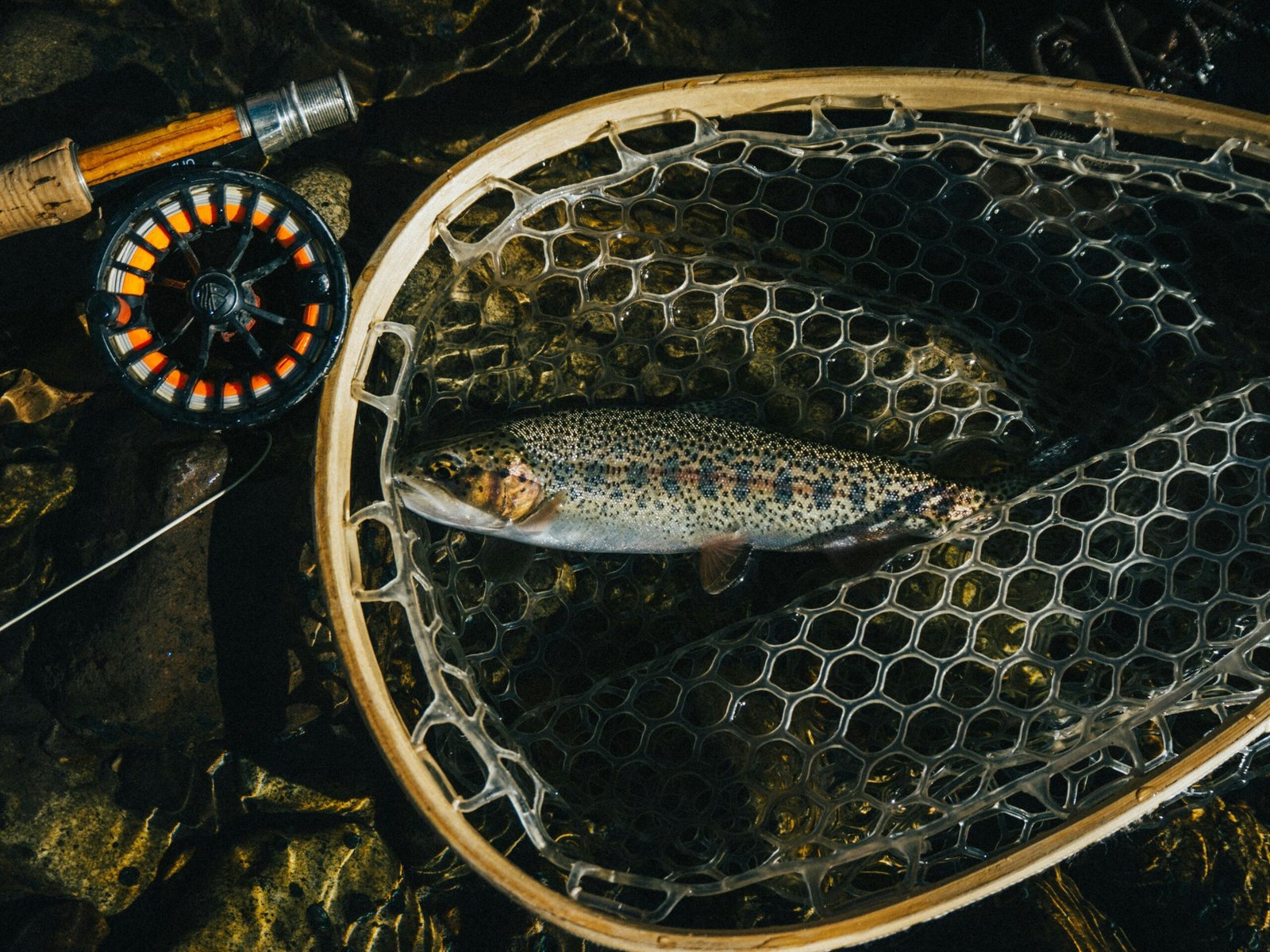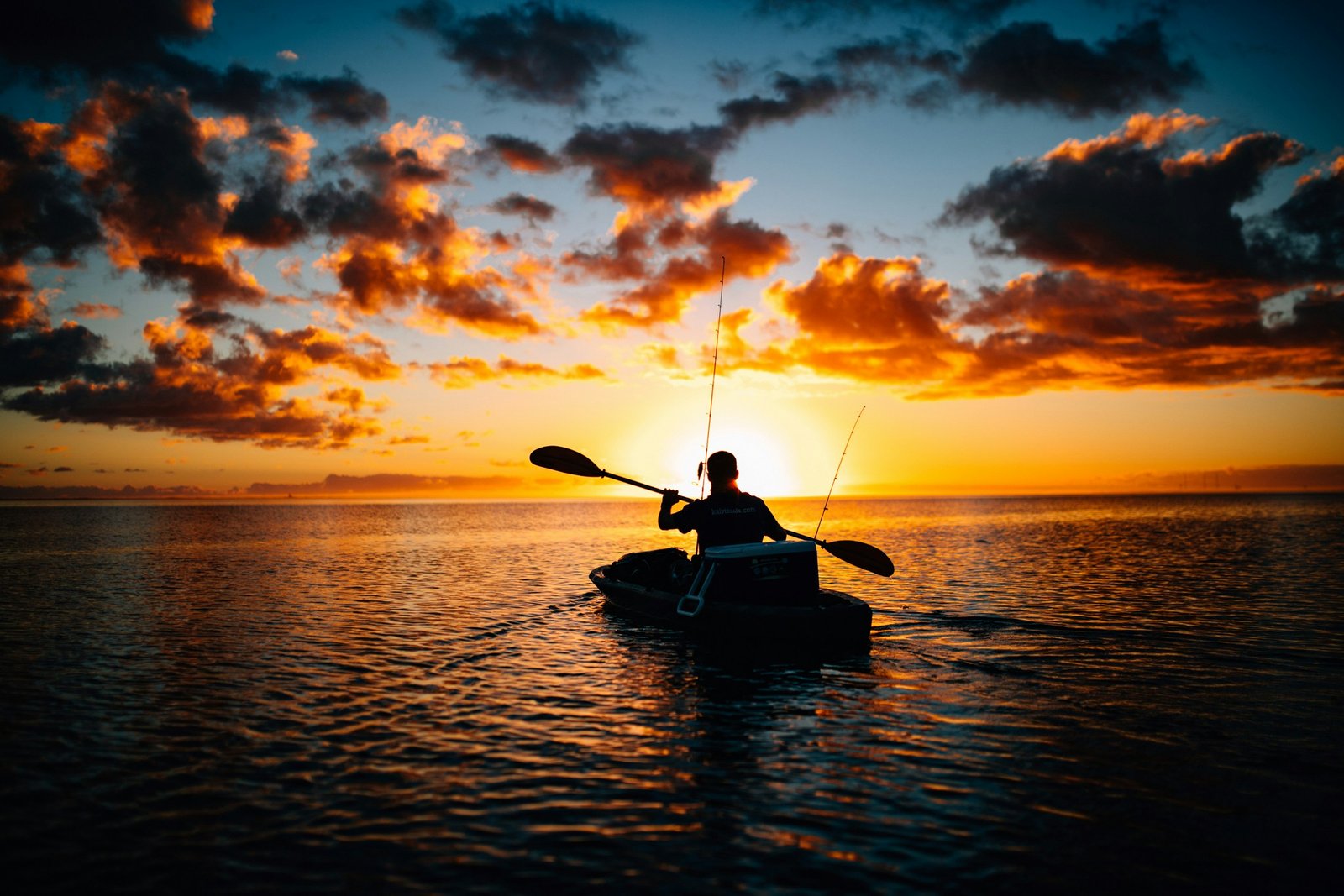When it comes to fishing, using a bobber is a simple and effective way to catch fish. A bobber, also known as a float, is a small buoyant object that is attached to a fishing line. The purpose of a bobber is to keep the bait at a specific depth in the water and to signal when a fish has taken the bait.
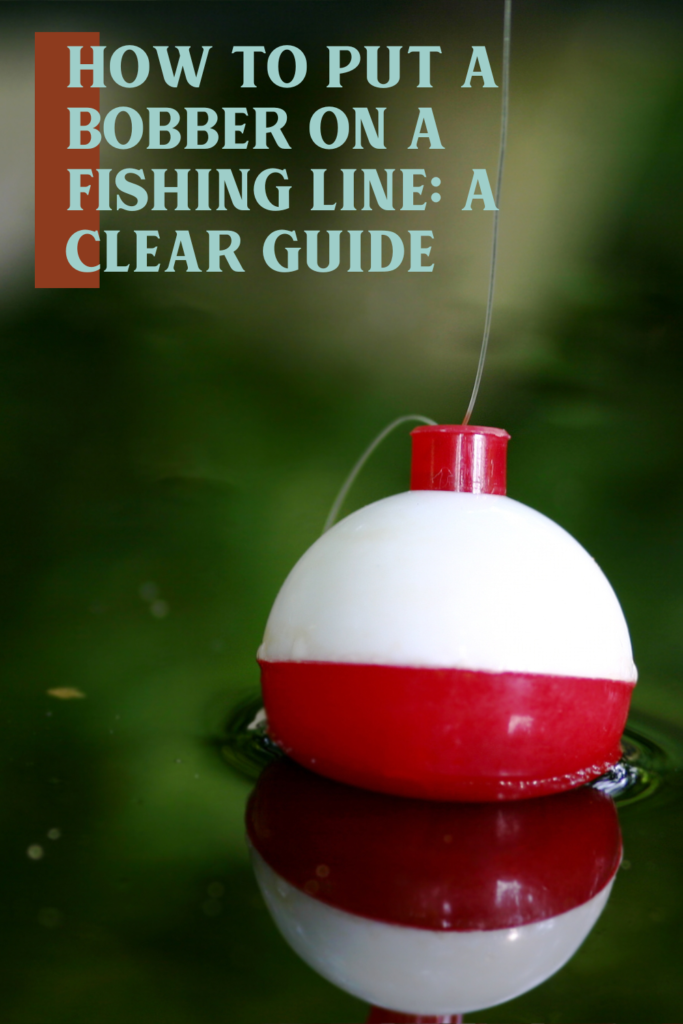
Knowing how to put a bobber on a fishing line is an essential skill for any angler. While it may seem like a simple task, there are a few key steps to follow to ensure that the bobber is attached correctly and will function properly. In this article, we will provide step-by-step instructions on how to put a bobber on a fishing line, as well as tips for choosing the right type of bobber and adjusting its depth. Whether you are a beginner or an experienced angler, mastering the art of using a bobber can help you catch more fish and enjoy your time on the water.
Understanding Bobbers and Fishing Lines
Types of Bobbers
Bobbers, also known as floats, are an essential part of fishing gear. They are designed to keep the baited hook at a specific depth in the water and help anglers detect when a fish is biting. There are two main types of bobbers: slip bobbers and fixed bobbers.
Slip bobbers are designed to slide up and down the fishing line, allowing anglers to adjust the depth of their bait easily. They are ideal for fishing in deep water or when the fish are suspended at different depths. Slip bobbers are typically made of plastic or foam and come in various sizes.
Fixed bobbers, also known as stationary bobbers, are attached to the fishing line and remain in one position. They are ideal for fishing in shallow water or when the fish are located at a specific depth. Fixed bobbers are typically made of plastic or cork and come in various sizes.
Selecting the Right Fishing Line
Selecting the right fishing line is crucial to ensure a successful fishing trip. There are two main types of fishing lines: monofilament and fluorocarbon.
Monofilament fishing line is the most popular type of fishing line among anglers. It is made of a single strand of nylon and is known for its flexibility and stretch. Monofilament fishing line is ideal for fishing in freshwater and is available in various strengths and colors.
Fluorocarbon fishing line is a newer type of fishing line that is becoming increasingly popular among anglers. It is made of a single strand of fluorocarbon and is known for its strength and abrasion resistance. Fluorocarbon fishing line is ideal for fishing in clear water and is virtually invisible underwater.
Read More: Basics of Fishing – A Clear and Confident Guide
When selecting a fishing line, it is essential to consider the type of fish you are targeting, the water conditions, and the fishing technique you will be using. It is also important to match the strength of the fishing line with the weight of the fish you will be catching.
In conclusion, understanding the different types of bobbers and fishing lines is essential to ensure a successful fishing trip. By selecting the right bobber and fishing line, anglers can increase their chances of catching fish and have a more enjoyable fishing experience.
Setting Up Your Bobber Rig
To set up a bobber rig, anglers need to attach the bobber to their fishing line, tie a knot, and adjust the depth of the bobber. Here are the steps to follow:
Attaching the Bobber to Your Line
To attach the bobber to your line, you need to slide the line through the top and bottom of the bobber. Then, attach a bobber stopper to the line at the desired depth. A bobber stopper is a small piece of rubber or plastic that prevents the bobber from sliding up or down the line.
Knots and Rigging Techniques
The most common knot used to tie a bobber rig is the clinch knot. This knot is easy to tie and holds the hook securely in place. Another rigging technique is to use a swivel and a leader. This setup is useful when fishing with live bait or when targeting larger fish species.
Adjusting Bobber Depth
Adjusting the depth of the bobber is crucial to catching fish. If the bobber is set too deep, the bait may be below the fish's feeding zone. If the bobber is set too shallow, the bait may be too visible to the fish. To adjust the depth of the bobber, anglers can use a fixed bobber rig or a slip bobber rig.
A fixed bobber rig is a simple setup where the bobber is attached to the line at a fixed depth. This setup is ideal for fishing in shallow water or for targeting panfish. A slip bobber rig, on the other hand, allows anglers to adjust the depth of the bait without having to retie the rig. This setup is ideal for fishing in deeper water or for targeting larger fish species.
When using a slip bobber rig, anglers need to adjust the bobber stopper to the desired depth. The bobber stopper should be set at a depth that is slightly shallower than the water depth. This allows the bait to float just above the bottom, where most fish species feed.
In addition to adjusting the bobber depth, anglers can also use a sliding sinker or a split shot sinker to adjust the weight of the rig. A sliding sinker allows the bait to move freely in the water, while a split shot sinker keeps the bait stationary.
Overall, setting up a bobber rig is a simple process that can greatly increase an angler's chances of catching fish. By following these steps and adjusting the rig to suit the fishing conditions, anglers can successfully catch a variety of fish species.
Choosing the Right Bait and Tackle
When it comes to fishing, selecting the right bait and tackle is crucial for a successful catch. Here are some tips to help you choose the appropriate bait and tackle for your next fishing trip.
Selecting the Appropriate Hook and Sinker
The hook and sinker are two essential pieces of tackle that you need to choose carefully. The hook size should be appropriate for the type of fish you are targeting. Smaller hooks are better for smaller fish like panfish, while larger hooks suit bigger species. It is also important to consider the type of hook you use. For example, circle hooks are great for catch-and-release fishing, while J-hooks are better for live bait fishing.
The sinker you choose should be based on the water conditions and the weight of the bait you are using. Lighter sinkers are better for shallow water, while heavier sinkers are needed for deeper water. It is important to choose the right size sinker to ensure that your bait stays at the desired depth.
Matching Bait to the Target Fish
Choosing the right bait is also important. Live bait, such as nightcrawlers, can be very effective for catching a variety of fish. However, if you prefer to use artificial bait, it is important to match the bait to the target fish. For example, if you are targeting trout, using a small spinner or spoon can be very effective. If you are targeting bass, using a plastic worm or crankbait may work better.
It is important to keep in mind that different types of fish prefer different types of bait. For example, catfish prefer strong-smelling bait, while trout prefer more natural bait. It is also important to consider the color of the bait. In clear water, using a more natural color bait can be more effective, while in murky water, using a bright color bait can help attract the fish.
In summary, selecting the right bait and tackle is crucial for a successful fishing trip. By considering the hook size, sinker weight, and the type of bait you use, you can increase your chances of catching the target fish.
Perfecting the Technique

Once the bobber is attached to the fishing line, it's time to perfect the technique to increase your chances of success. The following subsections will cover two key areas that will help you become an expert at using a bobber for fishing.
Casting and Reeling In
When casting, it's important to keep the bobber in the sweet spot, which is the area where the fish are most likely to be. This can be achieved by casting the line and bobber to different areas until you find the sweet spot. Once you find it, cast the line and bobber to that spot consistently to maximize your chances of catching fish.
When reeling in, it's important to keep the line tight and the bobber visible. This will help you detect any movements on the bobber, which could indicate that a fish is biting. If you see the bobber move, reel in the line slowly and steadily to set the hook and catch the fish.
Reading Bobber Movements
Reading bobber movements is crucial for fishing success. A bobber is a visual indicator that can help you detect when a fish is biting. If the bobber moves up and down or side to side, it could mean that a fish is nibbling at the bait. If the bobber disappears below the surface of the water, it could mean that a fish has taken the bait and it's time to reel it in.
Expert tips for reading bobber movements include paying attention to the speed and direction of the bobber movement, as well as the frequency and duration of the movements. These can all be indicators of the type of fish that is biting and how to adjust your technique for optimal success.
In summary, perfecting the technique of using a bobber for fishing involves casting and reeling in the line effectively, as well as reading bobber movements to detect when a fish is biting. By following these tips and practicing regularly, you can increase your chances of a successful fishing trip.
Frequently Asked Questions
What is the correct way to attach a bobber to a fishing line?
The correct way to attach a bobber to a fishing line is to slide the bobber onto the line, then tie a small knot below the bobber to secure it in place. Make sure the bobber is positioned at the desired depth in the water, and adjust the bobber depth for your fishing conditions. [1]
Can you explain the different types of bobber fishing rigs?
There are two main types of bobber fishing rigs: fixed and slip. A fixed bobber is attached to the line at a specific position and suspends the baited hook at a predetermined depth. A slip bobber allows for greater depth control and is free to slide up and down the line, but requires a bobber stop to keep it in place. [4]
What is the best bobber setup for various fishing conditions?
The best bobber setup depends on the fishing conditions. For shallow water, a fixed bobber is recommended, while a slip bobber is better suited for deep water. The size and weight of the bobber should also be adjusted based on the weight of the bait and the strength of the current. [1]
How do you properly tie a bobber stop on a fishing line?
To tie a bobber stop on a fishing line, thread the line through the top and bottom of the bobber stop, then slide the stop onto the line. Adjust the stop to the desired depth, then tie a small knot above and below the stop to keep it in place. [2]
What is the recommended distance between the bobber and the hook?
The recommended distance between the bobber and the hook varies depending on the type of fish being caught and the depth of the water. As a general rule, the distance should be set so that the bait is suspended just above the bottom of the water. [3]
When should you use bobbers in your fishing technique?
Bobbers are useful in a variety of fishing techniques, including bait fishing and fly fishing. They are particularly useful for fishing in shallow water or when targeting fish that are suspended at a specific depth. [4]
